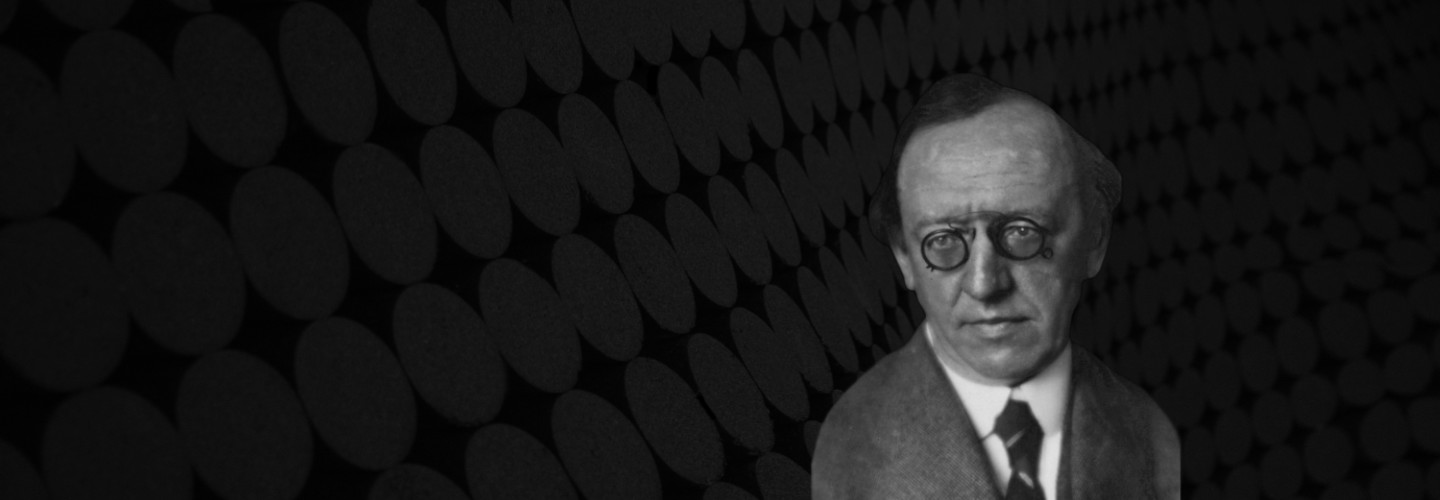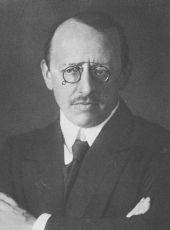

Vítezslav Novák
Toman und die Waldfee
Duration: 25'
Instrumentation details:
3 3 3 3 - 6 3 3 1 - perc - 2 hp - str
Novák - Toman und die Waldfee for orchestra
Printed/Digital
Translation, reprints and more

Vítezslav Novák
Novák: Toman und die Waldfee - op. 40Orchestration: für Orchester
Type: Klavierauszug (Sonderanfertigung)
Sample pages
Audio preview
Work introduction
Vítězslav Novák composed his symphonic poem for orchestra Toman and the Wood Nymph op. 40 (1906–07) on a poem by Ladislav Čelanský. Novák briefly summarized its content as follows:
“Impelled by secret anxiety, Toman decided, on the eve of St. John´s Day, to visit his beloved. His concerns did not deceive him, for she had deserted him for another. He entered the forest to die there in the embraces of a Wood Nymph.”
Of this work, Vladimír Lébl wrote: “In reality this composition has also a decidedly subjective character, and is a portrayal of Novák’s own interreal emotions, inflamed by unrestrained passions of love. His own experiences as well as his impressions from reading Strindberg, from the erotic sketches of Félicien Ropse and last but not least his experience of Strauss’ Salome all played a role. This equally Czech Salome reveals, in its musical fabric and in its tempestuous urgency, a clear sonic affinity to the music of Strauss: a complex polyphonic texture with precipitate dissonant thrusts in the individual voices, with continuous shocks and tremors of the sonic masses, with the swirl of wild passions thrusting forward in inexorable haste. When this work was first performed in 1908, [...] the composer’s contemporaries expressed amazement at its great skill and relentlessness. It seemed that he had not only attained the threshold of his own development but also indeed of music itself.” (Vladimír Lébl: Vítězslav Novák, Prague 1968)
Christoph Schlüren
English translation: Andrew D McCredie
